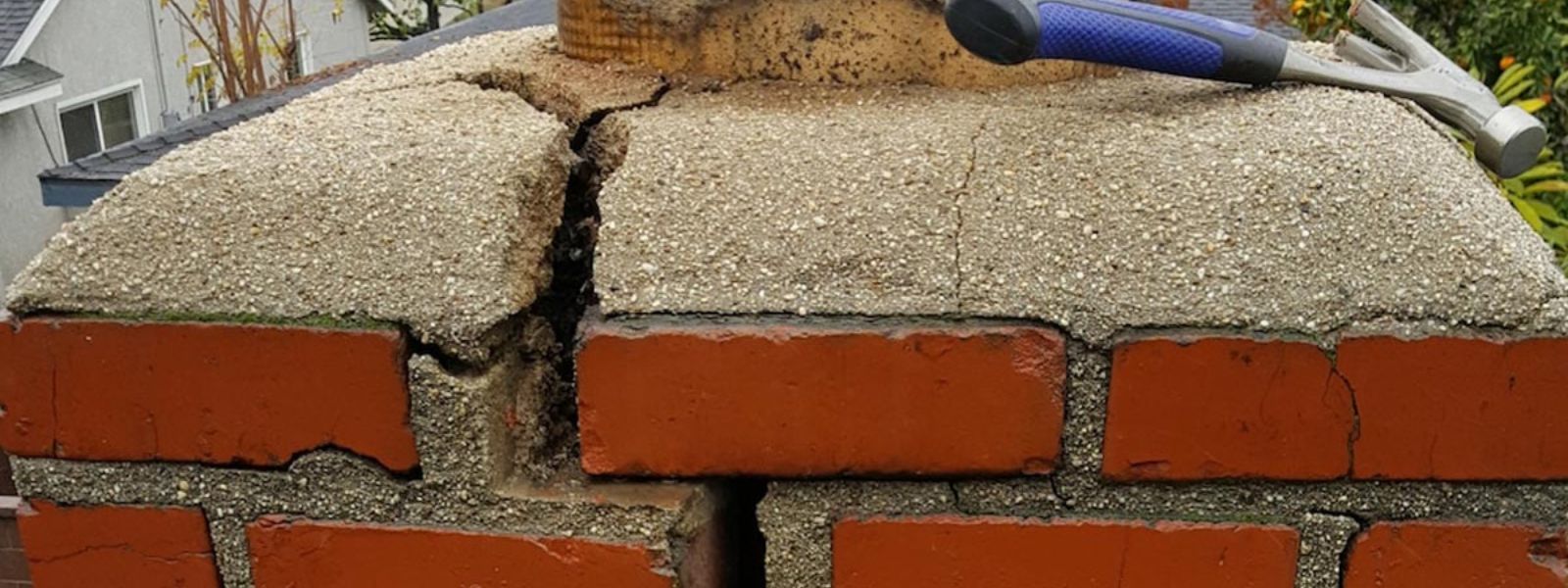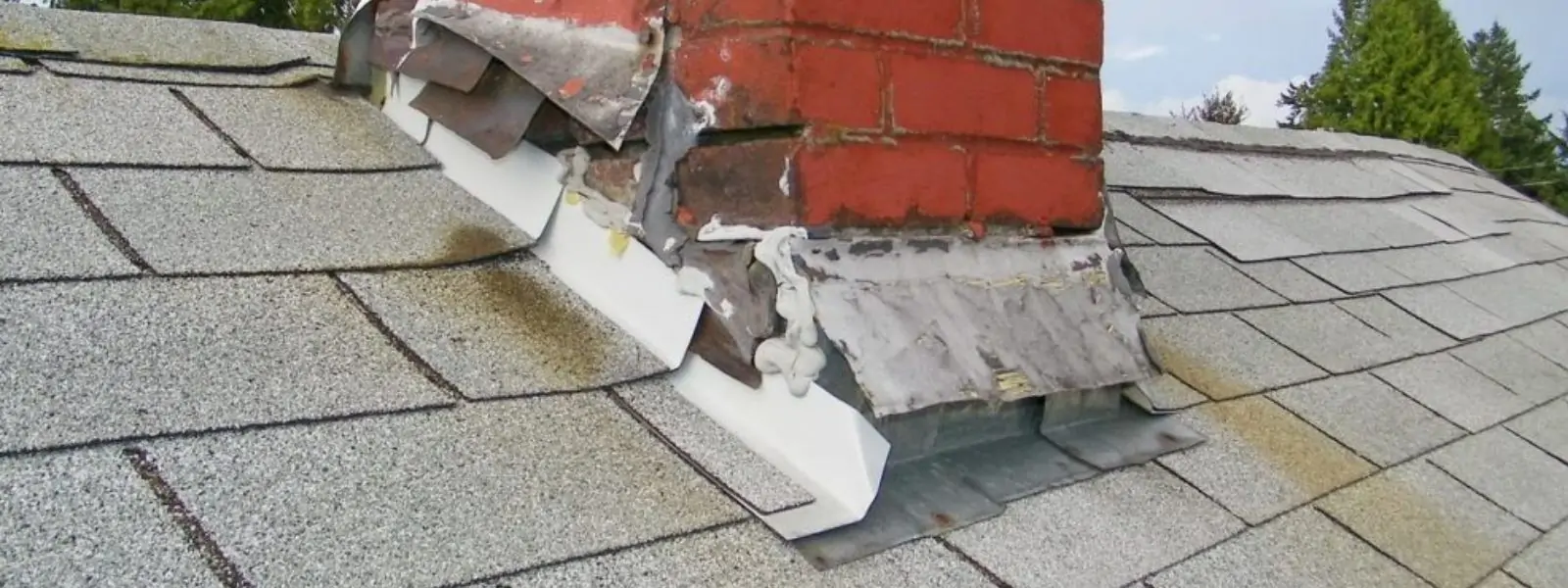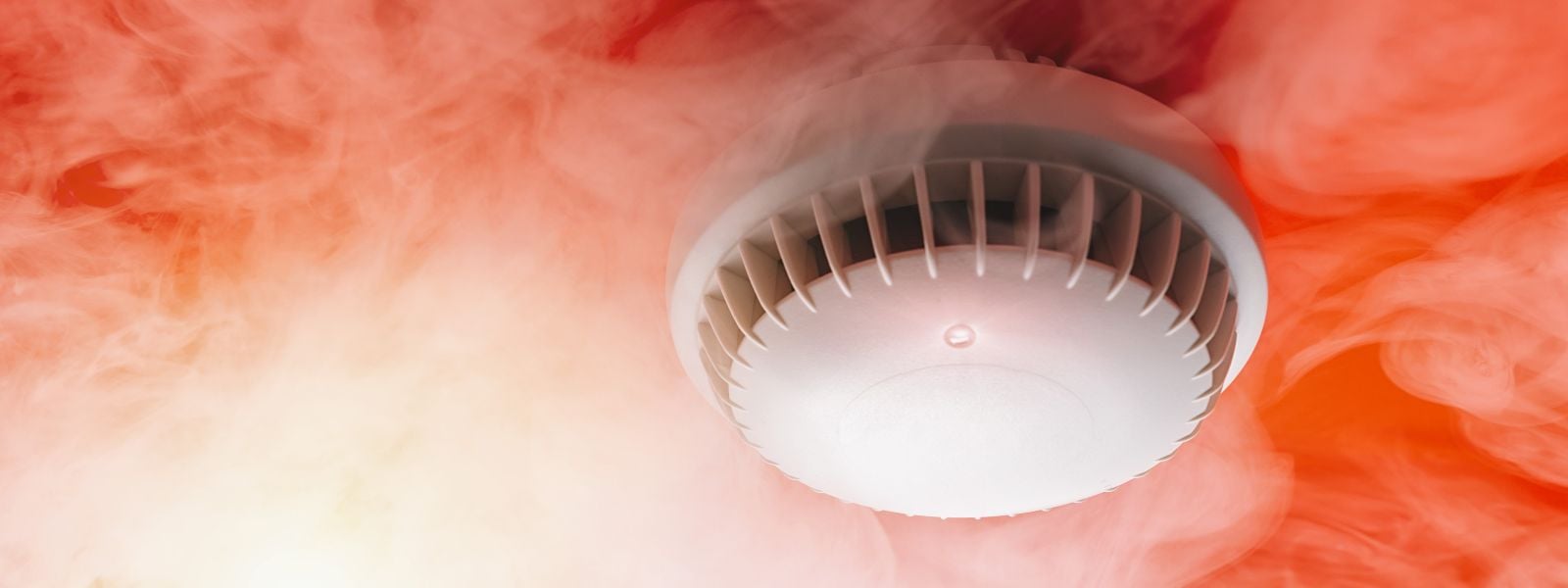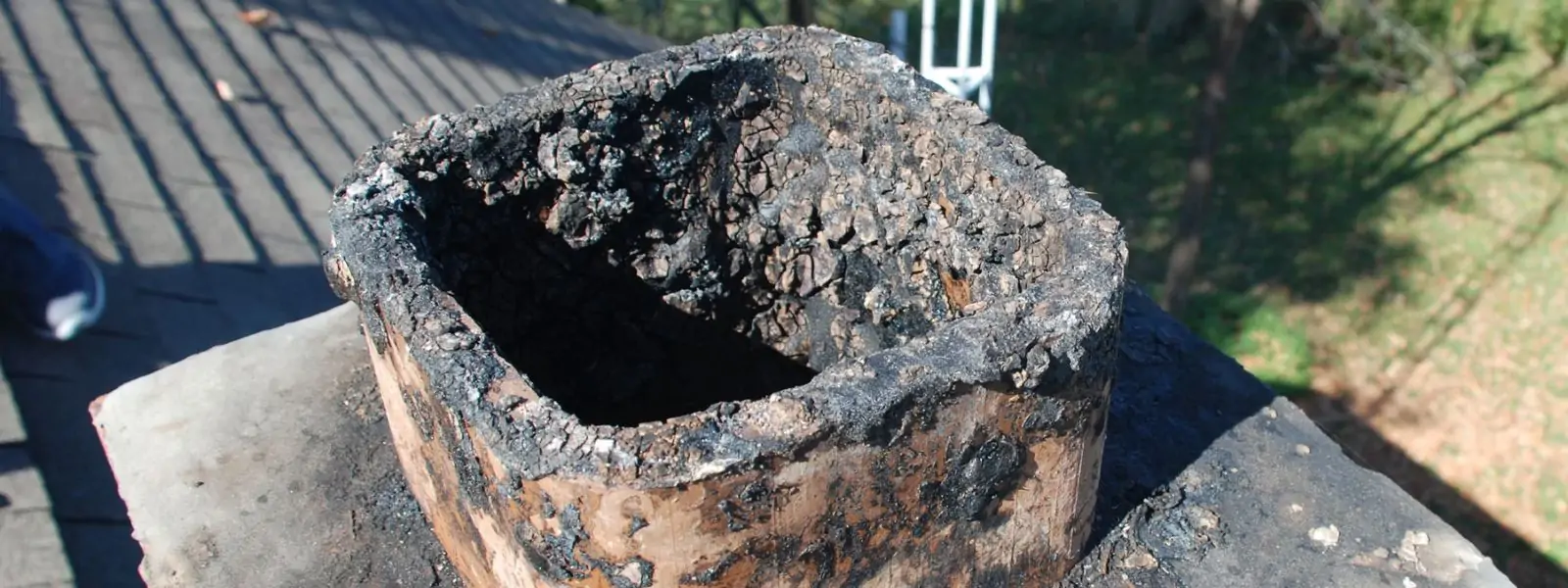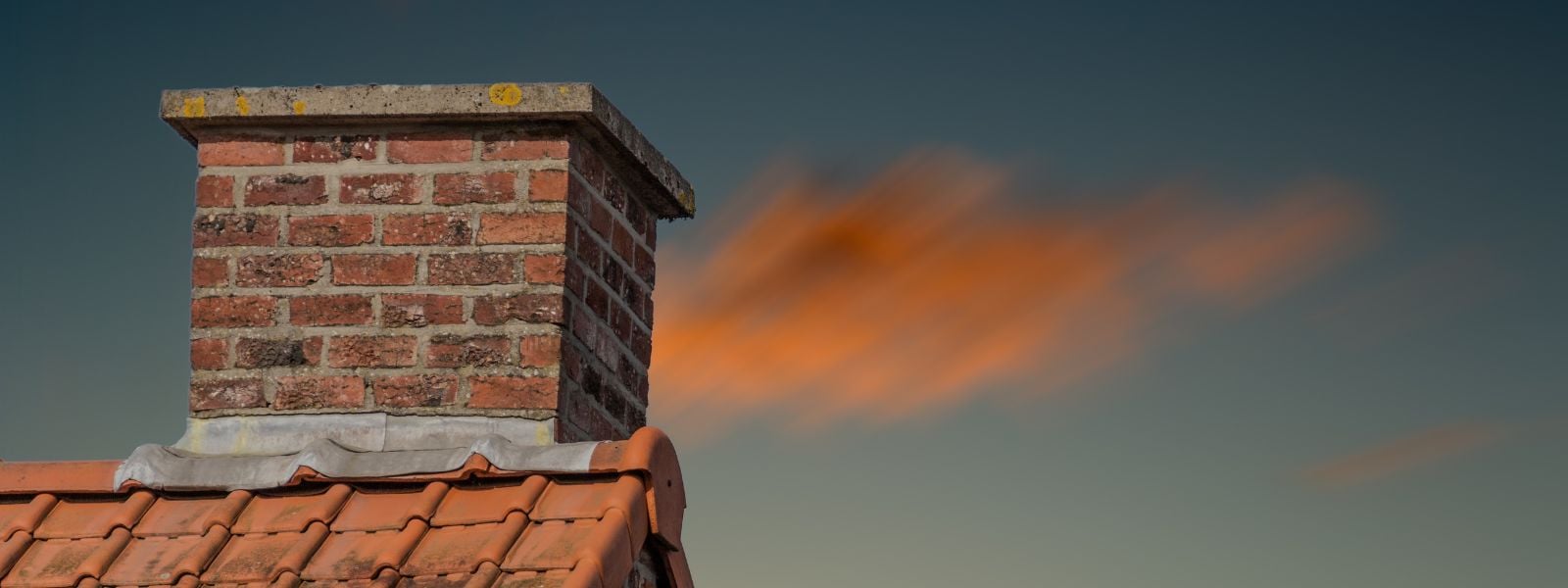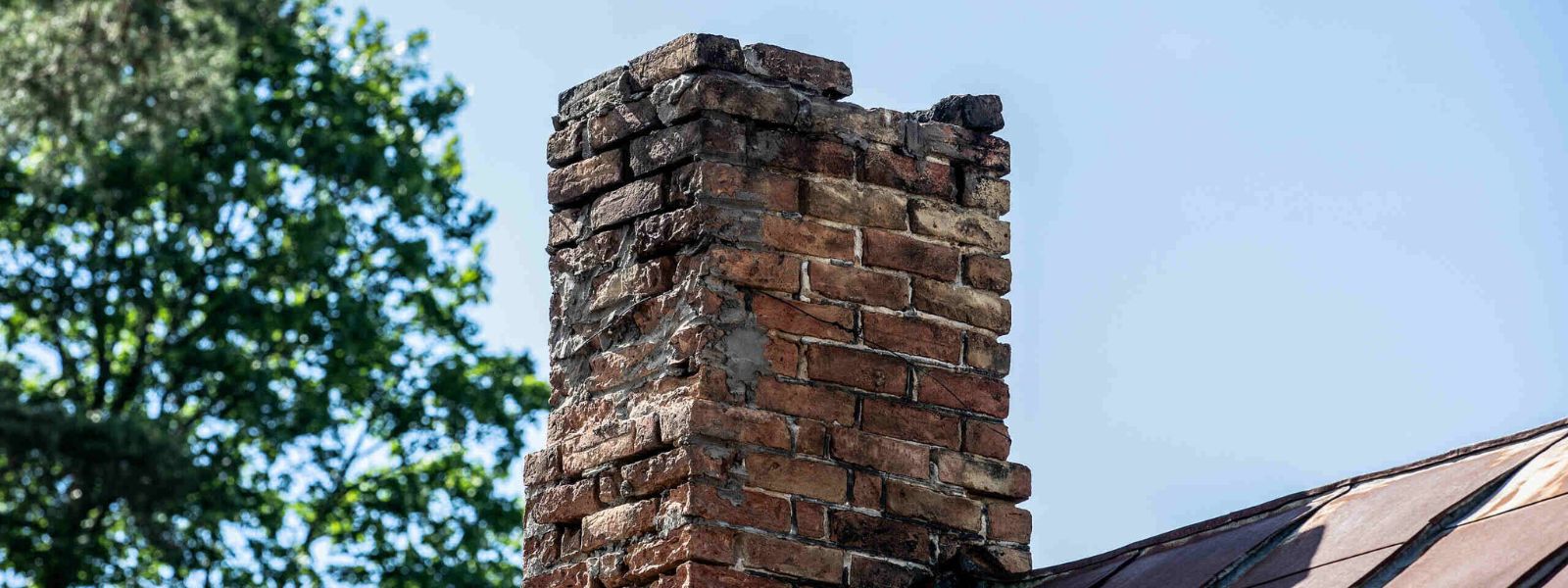Outline
-
- Introduction
- Importance of Chimney Maintenance
- Common Chimney Problems
- Warning Sign 1: Cracks in the Chimney Structure
- Warning Sign 2: Leaks or Water Damage
- Warning Sign 3: Smoke or Odors Inside the House
- Warning Sign 4: Excessive Creosote Buildup
- Warning Sign 5: Damaged or Missing Chimney Cap
- Warning Sign 6: Loose or Deteriorating Bricks
- Conclusion
Introduction
Is your chimney showing signs of wear and tear? Don’t wait until it’s too late to address the issue. In this article, we will highlight the top 10 warning signs that indicate your chimney is in desperate need of repair. Whether you use your fireplace frequently or occasionally, it’s essential to keep an eye out for these red flags to ensure the safety and functionality of your chimney.
From cracks and leaks to excessive soot buildup and strange odours, we will discuss each warning sign in detail, providing insight into what it means and what actions you should take. Our goal is to help you identify potential issues early on, avoiding costly repairs or even dangerous situations.
With our expertise in chimney repair and maintenance, we have seen firsthand the consequences of neglecting these warning signs. By giving your chimney the attention it deserves, you can enjoy a warm and safe fireplace experience for years to come.
Remember, a well-maintained chimney not only enhances the aesthetics of your home but also ensures the proper functioning of your fireplace. So, let’s delve into the article and learn how to keep your chimney in top shape.
Importance of Chimney Maintenance
Chimney maintenance is often overlooked by homeowners, but it is a crucial aspect of ensuring the safety and functionality of your fireplace. A well-maintained chimney not only enhances the aesthetics of your home but also prevents potential hazards. Regular maintenance and timely repairs can help you avoid costly expenses and ensure that your chimney serves you well for years to come.
One of the primary reasons why chimney maintenance is essential is to prevent chimney fires. Over time, creosote, a highly flammable substance, accumulates inside the chimney. If not removed, this buildup can ignite and cause a dangerous fire. Additionally, regular maintenance helps to identify and address structural issues that could lead to chimney collapses or leaks.
A well-maintained chimney also improves the efficiency of your fireplace. When there is damage or blockage in the chimney, the airflow is restricted, causing the fireplace to burn less efficiently. This can result in more smoke, less heat, and a waste of energy. By keeping your chimney in top shape, you can maximize the heat output and enjoy a cosy atmosphere during colder months.
Proper chimney maintenance is not just about safety and efficiency; it also contributes to the longevity of your chimney. Regular inspections and repairs can prevent minor issues from escalating into major problems that require extensive and costly repairs. By addressing any signs of damage promptly, you can prolong the lifespan of your chimney and avoid the need for a complete chimney rebuild.
So, whether you use your fireplace frequently or occasionally, investing in chimney maintenance is essential to ensure the safety, efficiency, and longevity of your chimney system. Now, let’s explore the common problems that can plague chimneys and the warning signs that indicate your chimney is in desperate need of repair.
Common Chimney Problems
Before we dive into the warning signs, let’s familiarize ourselves with some of the common problems that can affect chimneys. Understanding these issues will help you better identify the warning signs and take appropriate action.
1. Creosote Buildup: Creosote is a black, sticky substance that accumulates inside the chimney when wood is burned. It is highly flammable and can cause chimney fires if not removed regularly.
2. Cracks in the Chimney Structure: Over time, the mortar and bricks that make up the chimney can deteriorate due to exposure to heat, moisture, and other elements. Cracks in the chimney structure can compromise its integrity and lead to leaks or even collapse.
3. Leaking or Water Damage: Chimney leaks can occur due to damaged flashing, cracks in the chimney crown, or faulty chimney caps. Water damage can lead to mold growth, structural deterioration, and costly repairs if not addressed promptly.
4. Smoke or Odors Inside the House: If you notice smoke or unpleasant odors inside your home when using the fireplace, it could indicate a problem with the chimney, such as a blockage or poor ventilation.
5. Damaged or Missing Chimney Cap: The chimney cap plays a crucial role in keeping out rain, debris, and animals. If the chimney cap is damaged or missing, it can allow water, animals, and other foreign objects to enter the chimney, causing damage and blockages.
6. Loose or Deteriorating Bricks: Loose or deteriorating bricks not only compromise the structural integrity of the chimney but also allow moisture to seep in, leading to further deterioration and costly repairs.
Now that we have an understanding of the common chimney problems, let’s explore the warning signs that indicate your chimney is in desperate need of repair.
Warning Sign 1: Cracks in the Chimney Structure
Cracks in the chimney structure are one of the most common warning signs that your chimney requires immediate attention. These cracks can occur due to various factors, including age, weather exposure, and poor construction. Regardless of the cause, it is crucial to address these cracks promptly to prevent further damage and potential hazards.
One of the ways to identify cracks in the chimney structure is through a visual inspection. Look for any visible cracks in the bricks or mortar joints. These cracks may appear small at first but can widen over time, allowing water to seep in and cause more significant damage. Additionally, keep an eye out for any signs of crumbling or deteriorating bricks, as these are indications of underlying structural issues.
Apart from visual inspections, you may also notice other signs that suggest cracks in the chimney structure. For example, if you observe pieces of brick or mortar on the ground near the chimney, it could indicate that the chimney is deteriorating and shedding debris. Additionally, if you notice a white, powdery substance called efflorescence on the exterior of the chimney, it may indicate water penetration due to cracks.
If you identify any cracks in the chimney structure, it is essential to consult a professional chimney technician or mason. They will assess the severity of the cracks and recommend the appropriate repairs. In some cases, minor cracks can be repaired by repointing or applying chimney sealant. However, more extensive cracks may require partial or complete chimney rebuilding.
Remember, ignoring cracks in the chimney structure can lead to further deterioration, water damage, and even chimney collapses. So, if you notice any signs of cracking, it’s crucial to take immediate action to address the issue and prevent further damage.
Warning Sign 2: Leaks or Water Damage
Water damage is a common problem that can affect chimneys, and if left unaddressed, it can cause extensive and costly repairs. Leaking chimneys can lead to various issues, including mold growth, structural deterioration, and damage to the interior of your home. Therefore, it’s crucial to identify and address any leaks or water damage promptly.
One of the obvious signs of a leaking chimney is water stains or discoloration on the walls or ceilings near the fireplace or chimney. These stains may appear as dark patches or yellowish marks, and they indicate that water is entering your home through the chimney.
Another sign of water damage is peeling or bubbling paint on the walls or ceilings near the chimney. When water seeps into the walls, it can cause the paint to lose adhesion and start peeling or bubbling. This is a clear indication that water is finding its way into your home through the chimney.
In some cases, you may notice dampness or a musty odor in the vicinity of the chimney. This could be a sign of moisture penetration, and it’s essential to investigate the source of the dampness to address the issue promptly.
To prevent water damage, it’s crucial to identify the cause of the leaks. Leaks can occur due to damaged flashing, cracks in the chimney crown, or issues with the chimney cap. Flashing is a metal strip that seals the joint between the chimney and the roof, and if it becomes damaged or loose, it can allow water to enter the chimney.
The chimney crown, which is the top part of the chimney, can also develop cracks and allow water to seep into the chimney structure. Additionally, a damaged or missing chimney cap can allow water, debris, and animals to enter the chimney, causing damage and blockages.
If you suspect a chimney leak, it is advisable to consult a professional chimney technician or roofer. They will inspect the chimney, identify the source of the leaks, and recommend the necessary repairs. Depending on the extent of the damage, repairs may include resealing the flashing, repairing the chimney crown, or installing a new chimney cap.
Remember, addressing chimney leaks promptly is crucial to prevent further water damage and costly repairs. If left unattended, water damage can lead to mold growth, structural deterioration, and compromised safety.
Warning Sign 3: Smoke or Odors Inside the House
If you notice smoke or strange odors inside your home when using the fireplace, it is a clear indication that something is amiss with your chimney. These warning signs should never be ignored, as they can signal potential hazards and compromise the safety of your home.
When your chimney is functioning correctly, it creates a pathway for the smoke to exit your home, while also preventing odors from entering. However, if you experience smoke or odors inside the house, it could indicate a blockage, poor ventilation, or other issues with the chimney.
One possible cause of smoke or odors inside the house is a blockage in the chimney. Blockages can occur due to various factors, including animal nests, debris, or even excessive creosote buildup. When the chimney is blocked, the smoke has nowhere to escape, and it can flow back into your home. Similarly, odors from the fireplace can also be trapped and released into your living space.
Poor ventilation can also contribute to smoke or odors inside the house. If your chimney is not properly ventilated, it can create negative pressure, causing the smoke to flow back into your home. Inadequate ventilation can be the result of a poorly designed chimney or an issue with the chimney cap.
If you experience smoke or odors inside your home, it is crucial to stop using the fireplace immediately and consult a professional chimney technician. They will inspect the chimney, identify the cause of the issue, and recommend the necessary repairs.
To prevent smoke or odors inside the house, regular chimney maintenance is essential. Schedule annual chimney cleanings to remove any blockages, creosote buildup, or debris. Additionally, ensure that your chimney is properly ventilated and that the chimney cap is intact and functioning correctly.
Remember, smoke or odors inside the house are warning signs that should never be ignored. Prompt action is necessary to identify and address the underlying issues to ensure the safety and functionality of your chimney.
Warning Sign 4: Excessive Creosote Buildup
Creosote buildup is a common issue in chimneys, especially for those who frequently use their fireplace. Creosote is a highly flammable substance that forms when wood is burned, and it can accumulate inside the chimney over time.
Excessive creosote buildup poses a significant fire hazard. When creosote ignites, it can cause a dangerous chimney fire that can spread to other parts of your home. Therefore, it is crucial to address creosote buildup promptly to prevent chimney fires and ensure the safety of your home.
One of the warning signs of excessive creosote buildup is a thick, black, or brownish residue on the interior walls of the chimney. This residue may appear shiny or glazed and can be difficult to remove without professional cleaning.
Another warning sign is the presence of a strong, smoky odor coming from the chimney, even when the fireplace is not in use. This odor is a result of the creosote buildup and indicates that the chimney is in desperate need of cleaning.
If you notice signs of excessive creosote buildup, it is essential to schedule a professional chimney cleaning. A chimney sweep will use specialized tools and techniques to remove the creosote safely and thoroughly. Regular chimney cleanings not only prevent chimney fires but also improve the efficiency and longevity of your chimney.
To minimize creosote buildup, there are several preventive measures you can take. Burning seasoned hardwoods instead of softwoods produces less creosote. Additionally, ensuring proper airflow and ventilation in your fireplace can help burn the wood more efficiently, reducing the amount of creosote produced.
Remember, regular chimney cleanings are crucial to prevent dangerous chimney fires caused by excessive creosote buildup. Make it a priority to schedule annual cleanings and inspections to keep your chimney in top shape.
Warning Sign 5: Damaged or Missing Chimney Cap
The chimney cap is a small but essential component of your chimney system. It sits on top of the chimney and serves multiple purposes, including keeping out rain, debris, animals, and preventing downdrafts. If the chimney cap is damaged or missing, it can lead to various problems and compromise the functionality of your chimney.
One of the warning signs of a damaged or missing chimney cap is the presence of debris or animal nests inside the chimney. Without a functioning chimney cap, leaves, twigs, and other debris can enter the chimney and cause blockages. Additionally, birds, squirrels, or other animals may find their way into the chimney, leading to potential hazards and damage.
Water entry is another problem associated with a damaged or missing chimney cap. Rainwater can seep into the chimney, causing water damage, structural deterioration, and even mould growth. The chimney cap acts as a barrier against water entry, and if it is damaged or missing, it leaves your chimney vulnerable to water damage.
If you notice any signs of a damaged or missing chimney cap, it is essential to have it repaired or replaced promptly. A professional chimney technician can assess the situation and recommend the appropriate solution. In most cases, a damaged chimney cap can be repaired or replaced relatively easily, preventing further damage and ensuring the functionality of your chimney.
To prevent future damage, regular chimney cap inspections are crucial. Make sure the chimney cap is securely in place and free from any damage or deterioration. Additionally, schedule regular cleanings to remove any debris or animal nests that may have accumulated inside the chimney.
Remember, a functioning chimney cap is vital to keep out rain, debris, and animals, and prevent downdrafts. Don’t neglect the importance of this small but essential component of your chimney system.
Warning Sign 6: Loose or Deteriorating Bricks
The bricks that make up the chimney structure play a crucial role in providing structural integrity and protection against the elements. However, over time, these bricks can become loose, deteriorate, or crumble due to exposure to heat, moisture, and other factors.
Loose or deteriorating bricks are a warning sign that your chimney is in desperate need of repair. They not only compromise the structural integrity of the chimney but also allow moisture to seep in, leading to further deterioration and costly repairs.
One of the ways to identify loose or deteriorating bricks is through a visual inspection. Look for any bricks that appear loose, cracked, or crumbling. Pay attention to any gaps between the bricks or any signs of mortar erosion.
In some cases, you may also notice pieces of brick or mortar on the ground near the chimney. This shedding of debris is a clear indication that the chimney is deteriorating and requires immediate attention.
If you identify loose or deteriorating bricks, it is crucial to consult a professional chimney technician or mason. They will assess the severity of the issue and recommend the appropriate repairs. In some cases, repointing, which involves replacing the deteriorated mortar, may be sufficient. However, more extensive damage may require partial or complete chimney rebuilding.
To prevent loose or deteriorating bricks, regular inspections and maintenance are crucial. Schedule annual chimney inspections to identify any signs of deterioration early on. Additionally,
Conclusion
In conclusion, recognising and addressing the warning signs of chimney distress, such as cracks in the structure, leaks or water damage, interior smoke or odours, excessive creosote buildup, damage to the chimney cap, and loose or deteriorating bricks, is paramount for maintaining a safe and functional fireplace. Each sign is a clarion call for action, urging homeowners to seek professional assistance and address the underlying issues promptly. By doing so, you not only ensure the structural integrity of your chimney but also the overall safety and well-being of your home. Regular inspections and timely maintenance are key to preventing minor issues from escalating into major concerns, safeguarding your peaceful abode from the silent yet potent threats posed by chimney neglect.

